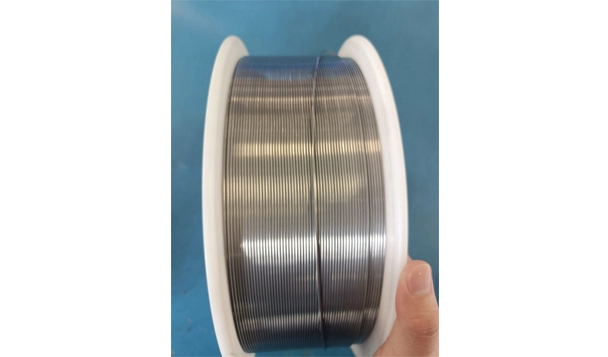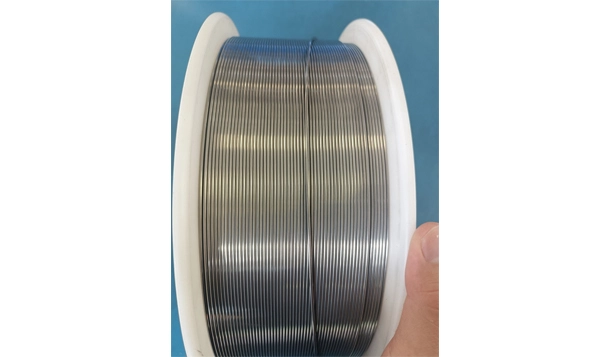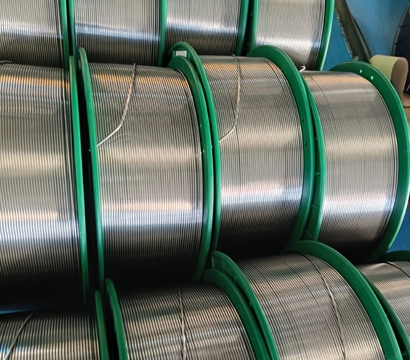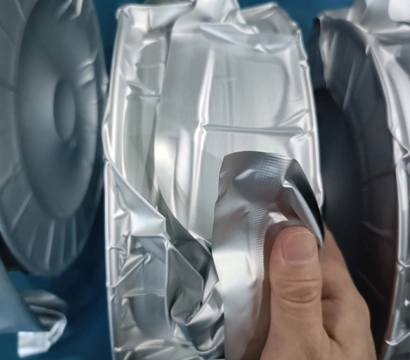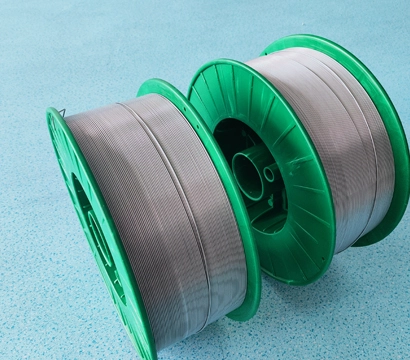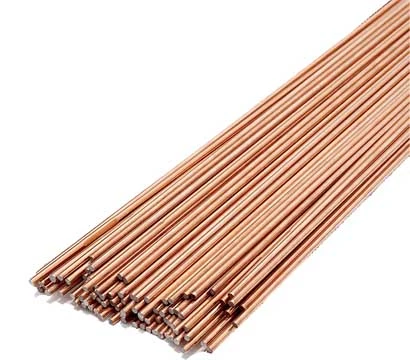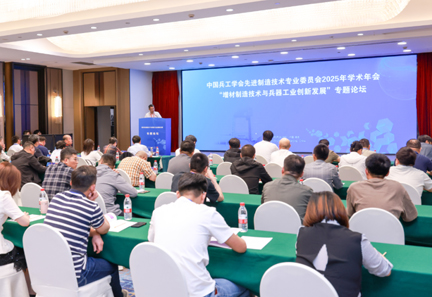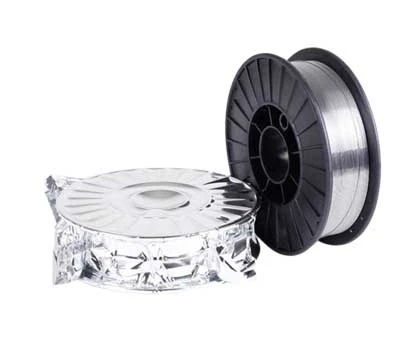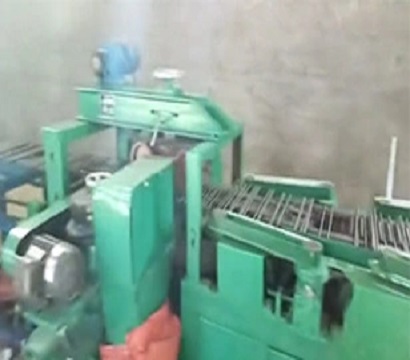Features of Flux Cored Alloy Steel Welding Wire E111T1-K3C
The welding efficiency is high.
The deposited metal is toughened by trace elements, which has excellent low-temperature toughness and good crack resistance.
It applicable for welding low-alloy high-strength steels with tensile strength of 760MPa
As an experienced welding consumables China manufacturer, Minghua offers a comprehensive range of flux core welding wire types with high-quality.
Chemical Composition of Flux Cored Alloy Steel Welding Wire E111T1-K3C
| Chemical components of deposited metal (%) (shielding gas: CO2) |
| Item | C | Mn | Si | S | P | Ni | Cr | Mo | V |
| Example value | 0.048 | 1.84 | 0.29 | 0.008 | 0.012 | 2.36 | 0.016 | 0.5 | 0.013 |
E111T1 K3C VS E111T1 K3M Flux Cored Welding Wire
When it comes to welding high-strength steels, choosing the right flux-cored wire is crucial. E111T1 K3C and E111T1 K3M are two popular options, each with unique characteristics tailored for specific applications.
E111T1 K3C is a titanium dioxide CO2 gas shielded flux-cored high-tensile welding wire. Known for its excellent welding performance, it offers a soft and smooth arc, high welding efficiency, and low spatter levels. The deposited metal is toughened by trace elements, providing excellent low-temperature toughness and crack resistance. This wire is ideal for welding low-alloy high-strength steels with a tensile strength of 760MPa, ensuring optimal bead appearance and effortless slag removal.
On the other hand, E111T1 K3M is designed for use with mixed gases (such as Ar+CO2). While it shares many of the high-performance features of E111T1 K3C, the use of mixed gases can offer different arc characteristics and potentially improved weld quality in certain applications.
In summary, both E111T1 K3C and E111T1 K3M are excellent choices for high-strength steel welding, with the primary difference being their compatibility with CO2 and mixed gases, respectively.
Other Welding Consumables You May Also Like

